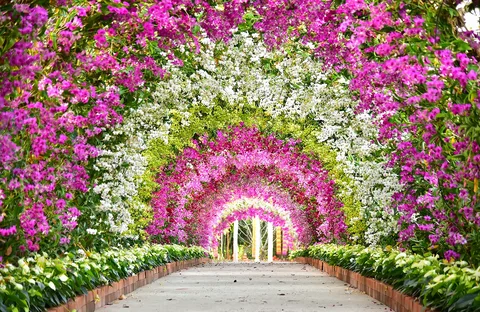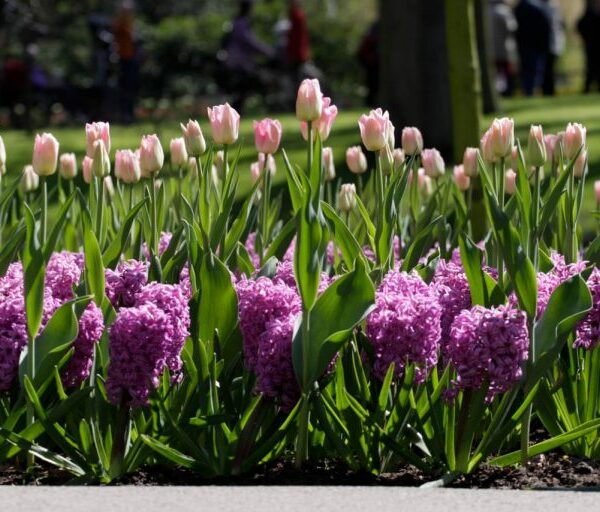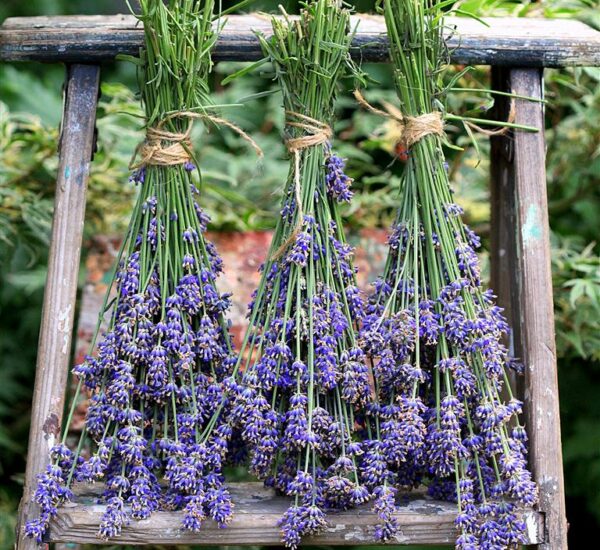If you’re looking to brighten your home or gift a beautiful bouquet, growing your own cut flowers can be a rewarding and eco-friendly option. This expert guide introduces you to 21 easy-to-grow cut flowers that are not only beautiful but also suitable for gardeners of all skill levels. We’ve compiled information from horticultural bodies, government resources, and academic experts to help you get started.
Sunflowers (Helianthus annuus)
Sunflowers are iconic and easy to grow, making them a perfect choice for beginners. The USDA’s Plant Hardiness Zone Map can help you determine the best time to plant sunflowers in your region.
USDA Plant Hardiness Zone Map
University of California, Agriculture and Natural Resources – Sunflowers
Zinnias (Zinnia elegans)
Zinnias come in a wide variety of colors and are known for their long-lasting blooms. The University of Florida’s IFAS Extension offers valuable insights into zinnia cultivation.
- University of Florida IFAS Extension – Zinnias
Marigolds (Tagetes spp.)
Marigolds are low-maintenance and come in shades of orange and yellow. The Royal Horticultural Society (RHS) provides expert guidance on marigold care.
- Royal Horticultural Society – Marigolds
Cosmos (Cosmos bipinnatus)
Cosmos produce delicate, daisy-like blooms. The University of California’s Agriculture and Natural Resources division offers information on growing cosmos.
- University of California, Agriculture and Natural Resources – Cosmos
Dahlias (Dahlia spp.)
Dahlias are known for their vibrant, intricate blooms. The American Dahlia Society is an excellent resource for dahlia enthusiasts.
- American Dahlia Society
Sweet Peas (Lathyrus odoratus)
Sweet peas are fragrant and charming, perfect for cut flower arrangements. The Royal Horticultural Society (RHS) offers guidance on growing sweet peas.
- Royal Horticultural Society – Sweet Peas
Lavender (Lavandula spp.)
Lavender is not only fragrant but also a great addition to cut flower arrangements. The University of California’s Agriculture and Natural Resources division provides information on growing lavender.
- University of California, Agriculture and Natural Resources – Lavender
Snapdragons (Antirrhinum majus)
Snapdragons add height and variety to bouquets. The University of Minnesota Extension offers guidance on growing snapdragons.
- University of Minnesota Extension – Snapdragons
Nasturtiums (Tropaeolum spp.)
Nasturtiums have vibrant, edible flowers and are easy to grow. The Royal Horticultural Society (RHS) offers insights into nasturtium care.
- Royal Horticultural Society – Nasturtiums
Black-Eyed Susans (Rudbeckia spp.)
Black-eyed Susans are native to North America and are a breeze to cultivate. The Lady Bird Johnson Wildflower Center provides information on growing these wildflowers.
- Lady Bird Johnson Wildflower Center – Black-Eyed Susans
Daffodils (Narcissus spp.)
Daffodils are early spring bloomers that can be easily grown. The American Daffodil Society offers advice on daffodil cultivation.
- American Daffodil Society
Coneflowers (Echinacea spp.)
Coneflowers attract pollinators and are a resilient choice. The University of Missouri Extension provides guidance on growing coneflowers.
- University of Missouri Extension – Coneflowers
Bachelors Buttons (Centaurea cyanus)
Bachelor’s buttons, also known as cornflowers, are easy to grow from seed. The Royal Horticultural Society (RHS) offers insights into bachelor’s button care.
- Royal Horticultural Society – Bachelor’s Buttons
Peonies (Paeonia spp.)
Peonies are perennial favorites and relatively low-maintenance. The American Peony Society provides information on growing peonies.
- American Peony Society
Tulips (Tulipa spp.)
Tulips are popular spring flowers that are easy to cultivate. The Netherlands Flower Bulb Information Center offers tulip planting and care advice.
- Netherlands Flower Bulb Information Center – Tulips
Asters (Symphyotrichum spp.)
Asters are excellent late-season bloomers and require minimal care. The University of Maine Cooperative Extension provides guidance on growing asters.
- University of Maine Cooperative Extension – Asters
Daisies (Leucanthemum spp.)
Daisies are classic cut flowers and relatively simple to grow. The Royal Horticultural Society (RHS) offers insights into daisy care.
- Royal Horticultural Society – Daisies
African Marigolds (Tagetes erecta)
African marigolds are larger and more vibrant than their smaller counterparts. The University of Florida’s IFAS Extension provides information on growing African marigolds.
- University of Florida IFAS Extension – African Marigolds
Foxgloves (Digitalis spp.)
Foxgloves add a touch of elegance to bouquets. The Royal Horticultural Society (RHS) offers insights into foxglove care.
- Royal Horticultural Society – Foxgloves
Gladiolus (Gladiolus spp.)
Gladiolus produce tall spikes of colorful blooms. The North Carolina State University Extension provides information on growing gladiolus.
- North Carolina State University Extension – Gladiolus
Hydrangeas (Hydrangea spp.)
Hydrangeas are beautiful, long-lasting cut flowers. The University of Missouri Extension offers guidance on growing hydrangeas.
- University of Missouri Extension – Hydrangeas
Before planting any of these cut flowers, be sure to check the specific growing conditions and care requirements for your region. Additionally, remember to follow any local guidelines and regulations regarding plant cultivation.
What are some easy-to-grow cut flowers for beginners?
How can I create a cutting garden for these 21 flowers?
What are the best soil and sunlight requirements for these flowers?
When is the best time to plant these cut flower varieties?
How do I care for cut flowers to maximize their vase life?
What are some common pests and diseases that affect these flowers, and how can I prevent or treat them?
Can I grow these cut flowers in pots or containers?
What are some low-maintenance cut flowers for those with limited gardening experience?
Are there any specific fertilization and watering tips for these flower varieties?
Can I grow these cut flowers from seeds, or is it better to start with transplants?
- Rhode Island’s Favorite THC Infused Beverages - June 5, 2025
- THC Soda and Drink Options in Idaho - May 28, 2025
- Ohio’s Go-To THC Infused Beverages - May 28, 2025




